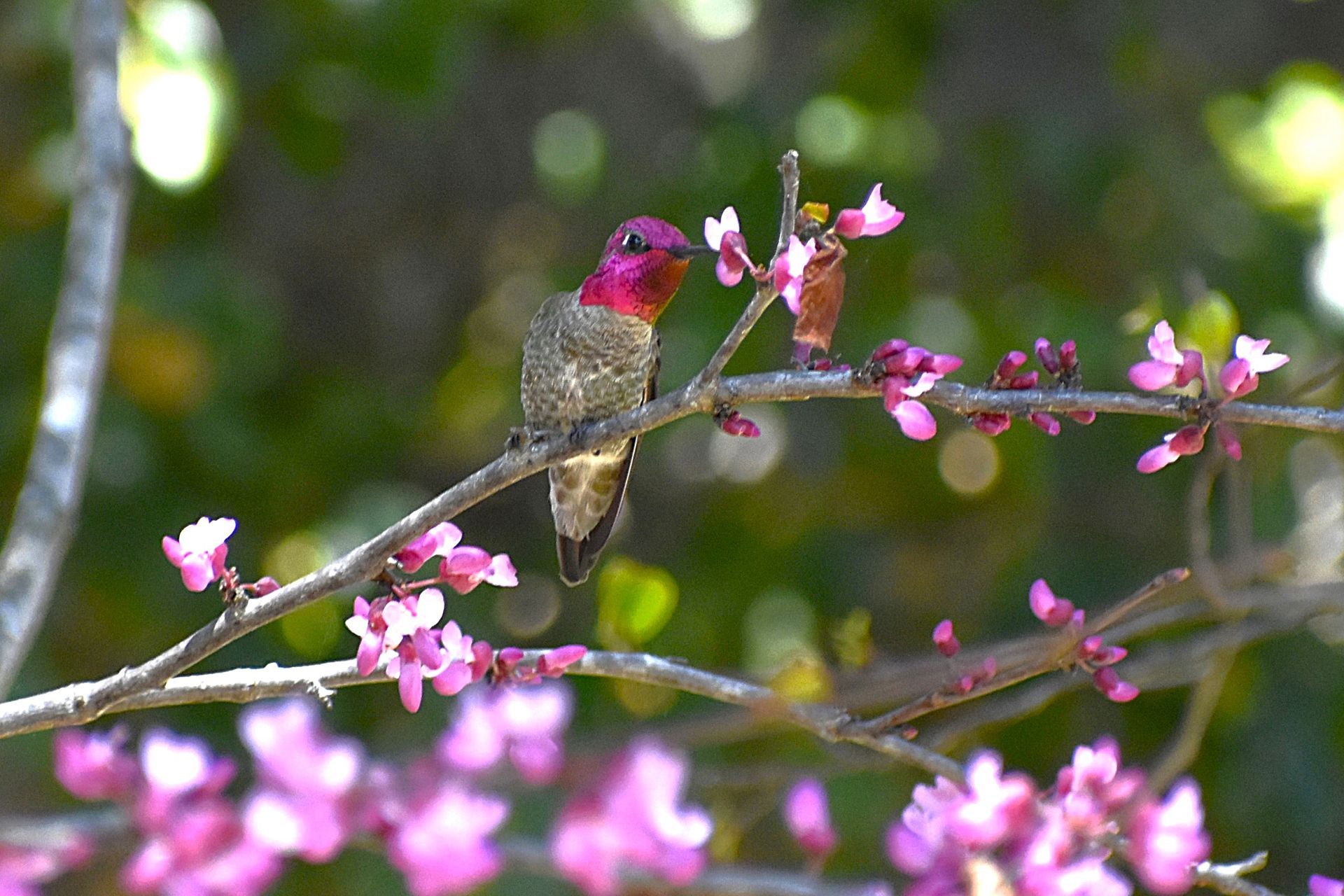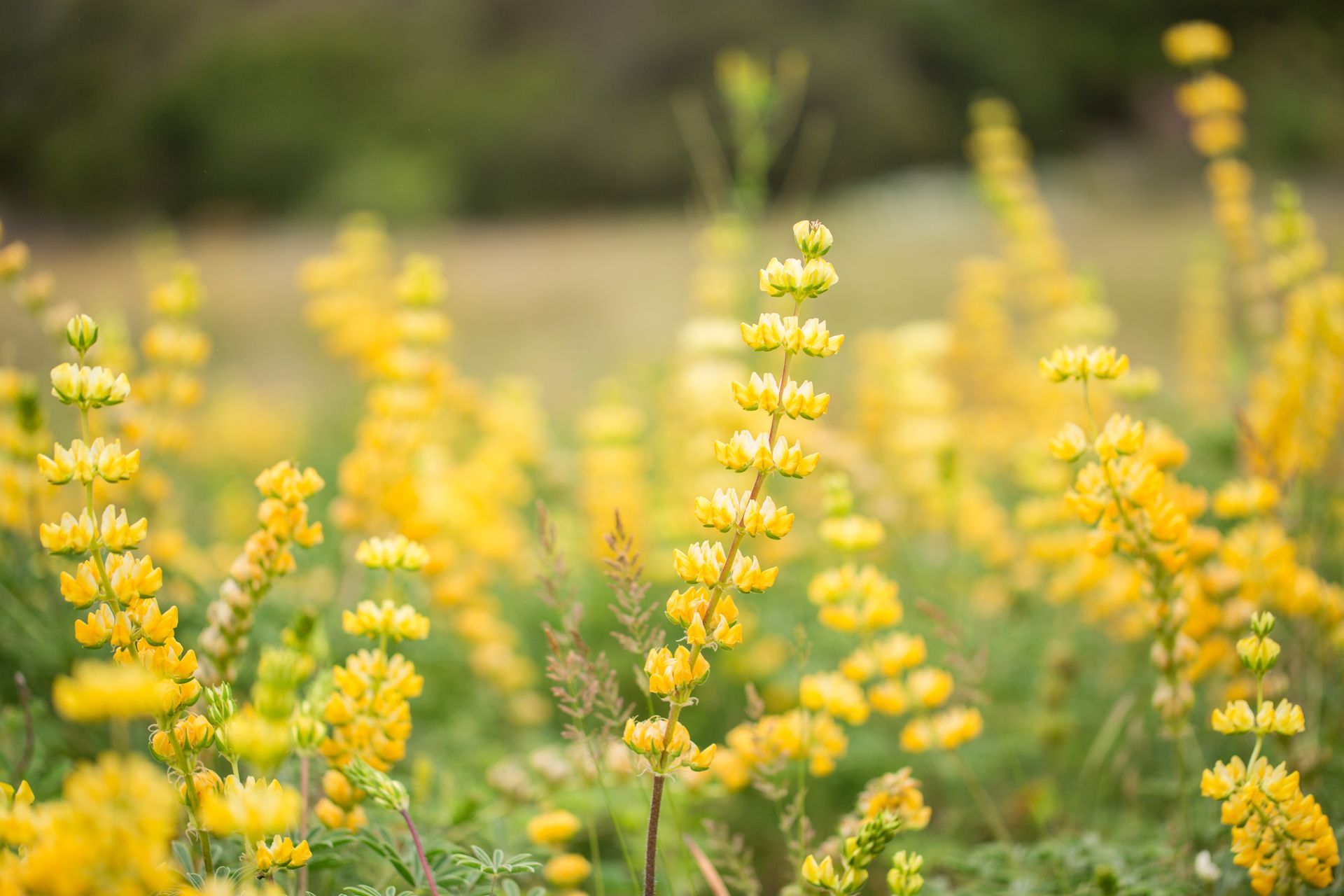Your garden can do more than just look beautiful—it can help save the bees, butterflies, and other essential pollinators that keep our ecosystems thriving. A pollinator garden is a vibrant, life-filled space designed to attract and support these vital creatures with nectar-rich flowers, shelter, and safe habitats. Whether you have a sprawling yard or a small balcony, you can make a difference by planting the right mix of native plants, flowers, and herbs. Ready to bring your garden to life? Let’s get planting!
Pollinator gardens matter because pollinators matter. Bees, butterflies, moths, and hummingbirds are responsible for helping plants reproduce, which supports the food chain and keeps ecosystems healthy. Fruits, vegetables, and flowers depend on the power of pollination. Pollinator populations have been declining due to habitat loss, pesticides, drought, and temperature changes. By planting a pollinator garden, you create a safe and nourishing space that helps pollinators!
These gardens don’t just help wildlife—they improve your outdoor space, too. Pollinator-friendly gardens reduce the need for pesticides, attract beneficial insects, and make your yard feel more alive. Plus, native plants are easier to maintain, better suited for local climates, and help conserve water compared to non-native species.
To build a successful pollinator garden, start with a variety of native plants that bloom at different times of the year. This gives pollinators a consistent food source throughout the seasons. Choose flowers with different shapes and colors to attract a wide range of species. Bees are drawn to blues and purples, while butterflies prefer bright reds and oranges. Native milkweed is essential for monarch butterflies, while herbs like lavender and thyme attract a variety of pollinators.
Water is just as important as flowers. Set up a shallow dish of fresh water with a few flat stones for landing spots, and you’ll be surprised how many visitors you attract (just be sure to regularly clean any water sources). Keep your garden pesticide-free to protect pollinators from harmful chemicals. Mulch with natural materials like leaves or bark to maintain moisture and provide shelter for insects. Every small detail helps create a healthier environment.
If you don’t have a large yard, don’t worry. Pollinator gardens can flourish in small spaces, too. A few potted plants on a balcony or a window box full of native flowers can make a big difference. Even a tiny patch of wildflowers can become a lifeline for bees and butterflies. Urban areas are especially important for pollinator habitats, making every little effort count.
Planting for pollinators is more than just an outdoor project—it’s a way to reconnect with nature and make a positive impact. Invite your neighbors to plant their own pollinator patches, or get your kids involved by creating a “butterfly corner” in your garden. The experience of watching a once-empty space attract pollinators is both magical and deeply rewarding.
Pollinator Gardens – FAQ
- What is a pollinator garden, and why is it important?
A pollinator garden is designed to attract and support pollinators like bees, butterflies, and hummingbirds. These gardens help reverse pollinator decline and ensure healthy ecosystems by providing food and shelter for vital species. - Do I need a large space to create a pollinator garden?
Not at all! Even a few pots with native flowers on a balcony or a small patch in your yard can make a difference. Every little bit helps, especially in urban areas. - How can I make my pollinator garden more inviting to wildlife?
Choose native plants with staggered bloom times to ensure year-round nectar. Include a mix of colors and flower shapes, and add water sources like a shallow dish with stones for landing spots. Keep the garden pesticide-free for a healthy environment. - What plants should I avoid in a pollinator garden?
Avoid invasive species and hybrid flowers bred for appearance rather than nectar. Plants treated with pesticides or herbicides can harm pollinators, so it’s best to skip those too. - How do I maintain a pollinator garden?
Water regularly, especially in dry weather. Remove weeds by hand and deadhead flowers to encourage more blooms. Keep your water sources clean, and let parts of your garden grow wild for added shelter. - Why aren’t pollinators visiting my garden?
It can take time for pollinators to find a new garden. Make sure you have a variety of native plants blooming throughout the seasons, and be patient—they’ll come! - Can I have a pollinator garden if I have pets?
Yes! Just make sure to plant flowers that are non-toxic to pets and keep water sources fresh. Supervise pets to ensure they don’t disturb nesting areas or insects. - How do pollinator gardens benefit people?
They reduce the need for chemical pesticides, improve air quality, and create a vibrant, peaceful outdoor space. Plus, watching butterflies and bees is a joy in itself!

What are the biggest threats facing pollinators today, and how can people help?
As biodiversity declines due to habitat loss, overharvesting, pollution (including pesticide use), climate change, and the spread of invasive species, pollinators are increasingly at risk. Among these threats, invasive plants pose one of the greatest dangers, as they outcompete native species and disrupt the delicate web of life that pollinators rely on for food and shelter. For example, shortpod mustard (Hirshfeldia incana) can form dense stands that crowd out native plants, reducing nectar sources for native butterflies and bees. At the same time, climate change is altering rainfall patterns and increasing drought conditions, making it harder for plants to thrive and provide food for pollinators.
But, the solution is in our hands – and our gardens!
When you grow a variety of native plants that bloom throughout the year, you ensure a steady supply of food for pollinators in every season. To improve your chances of success, establish your pollinator-friendly garden in the fall or early winter to allow plants to take advantage of seasonal rainfall and cooler temperatures. It’s also important to avoid pesticides. Many insecticides harm not only pests, but also essential pollinators and beneficial predatory insects that can naturally control garden pests.
By cultivating healthy habitats with native plants and minimizing chemical use, you can play a vital role in supporting pollinators and the ecosystems they sustain.
Are there specific seasonal planting or maintenance tips to maximize habitat benefits for pollinators and wildlife?
Understanding and working with the natural rhythms of the seasons is an essential skill for native plant gardening.
Fall is often the best time for planting perennials, shrubs, and trees because cooler temperatures and seasonal rainfall help plants establish strong root systems before the stress of summer heat arrives. Adding a layer of mulch around plant bases helps retain soil moisture, suppress weeds, and provide habitat for beneficial insects. However, it’s important to leave some bare patches of soil for ground-nesting bees, which make up a significant portion of native pollinators. In winter, resist the urge to over-clean your garden. Leaving dried seed heads and hollow plant stems in place provides food for birds and nesting sites for native bees. As spring arrives, a diverse mix of flowering plants ensures that pollinators have a continuous source of nectar. Be mindful of bird nesting season (typically late April through September), avoiding heavy pruning and disruptive activities during this critical time.
Thoughtful seasonal maintenance not only enhances a garden’s beauty but also supports thriving ecosystems.
California’s Mediterranean climate means an extended dry season from May to October so it’s important to time plantings with the rainy season when possible. Fall is the ideal time to get native plants in the ground to help them use natural conditions to establish their roots. It’s still possible to plant in the summer, but it requires more careful watering and plant selection due to heat and drought stress. For support maintaining your native garden, look for landscapers with a California Native Plant Landscaper certification. This certification means they are trained to care for native species in a way that supports local wildlife and conserves resources.





